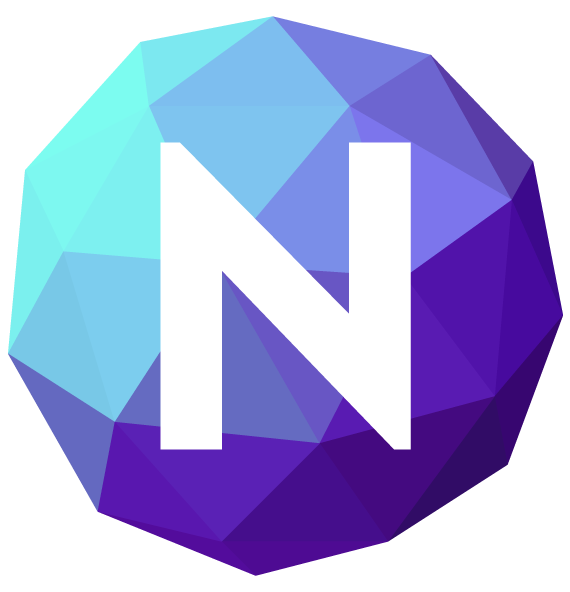Nikka Estefani
Category: User Experience

Chatbots have grown in recent years and it has since then improved and revolutionized the way businesses interact with their customers – and vice-versa.
Chatbots offered a more optimized and convenient way for businesses to interact with their customers. It allowed them to handle customer inquiries and concerns with virtually no human intervention. This can help save time, energy, and cost in the long run. On the customers’ side, chatbots are great because they are available when no human agent is. It also offers a convenient way to reach a business instead of the traditional contact forms – whereas contact forms require customers to fill out certain fields before they can even send their message, chatbots simply need you to “chat” with them.
However, chatbots are certainly not a one-for-all solution. While it certainly has its advantages, it still has its limits. The key is to learn how to use chatbots for maximum optimization. Businesses and designers must learn how to take full advantage of the chatbot’s advantages and compensate for its limits.
That being said, here are the advantages and disadvantages (or limits) that you should consider.
Advantages of Chatbots

1) They offer convenience to your customers
One of the main benefits of chatbots is that they are more convenient for your customers compared to a traditional contact form.
To begin with, contact forms require you to fill out some fields before you can send out your message. In some cases, customers are required to connect to the business directly through email, which is way more inconvenient than a contact form! On the other hand, chatbots simply require you to “message” them, and they’ll give you quick answers right on the spot. Of course, it has limits – if the chatbot is not programmed for a particular query or conversation, they may refer you to human agents. But for basic inquiries, chatbots can help a lot – and sometimes, they are all that the customer needs.
2) They are available 24/7
Aside from being convenient, chatbots are readily available 24/7. This allows businesses to be responsive all around the clock. Except in certain cases (again, if the question is outside the chatbots’ comprehension and requires a human agent), there is no need to wait for a human agent; the chatbot will readily “interact” with you anytime you call it – be it in the morning, after lunch or at 3 am. There is simply no offline for chatbot.
3) Chatbots opens up new opportunities for marketing
Chatbots are not merely for customer service, you can use them for marketing as well! You can use chatbots as a way for promoting your product, services, or special offers. Instead of having your customers scroll through your website or social media page to get to know what you’re offering, your customers can interact with your chatbots to learn more about the product or special offer than you’re selling.
Disadvantages of Chatbots

1) AI has limits when it comes to communication
At the end of the day, chatbots are just robots. Although we can teach them how to communicate with humans, nothing can better communicate with humans than humans themselves. And while AI can be programmed to “learn” and do a lot of things, it still cannot comprehend the complexity of human thought, emotion, and conversation.
One mistake that designers and businesses make is that they somehow rely too much on their chatbots. They seem to think that creating an intelligently-designed chatbot is enough for them to sufficiently interact with humans. But in reality, as mentioned earlier, human interaction and emotion are way more complex than what our current AI can currently handle.
2) It requires regular maintenance
Chatbots may also require regular maintenance. This is to help them keep updated with potentially new information and to update them on how to best answer the new questions or conversations. Designers will also need to update the chatbot to ensure that its program is up-to-date and that it will not malfunction in the middle of its service.
Final Thoughts: Chatbots Are Meant to Help Human Agents, Not Replace Them
It is no surprising to say that chatbots have revolutionized – and are still revolutionizing – the field of customer service. So far, this is what statistics have to say about chatbots:
- 1.4 billion people are using chatbots
- Chatbots can answer 80% of the standard or common questions
- 27% of consumers are interesting in AI customer support tools
But despite its growth in usage and popularity, as mentioned earlier, chatbots still have limits. It is not just because of its limit in comprehending human thought, but, as one research shows, humans still prefer human agents over chatbots in general – in the 2019 study that was done with more than 1,000 U.S. customers, 86% indicated that they prefer human agents over interacting with an AI-based system.
At the end of the day, while chatbots certainly improve the convenience that businesses can offer their customers, it should not totally replace human agents at all. If anything, chatbots are meant to assist or help humans, not replace them.







